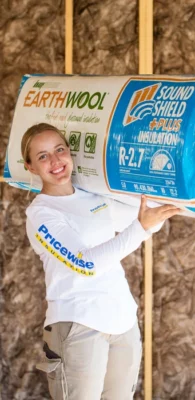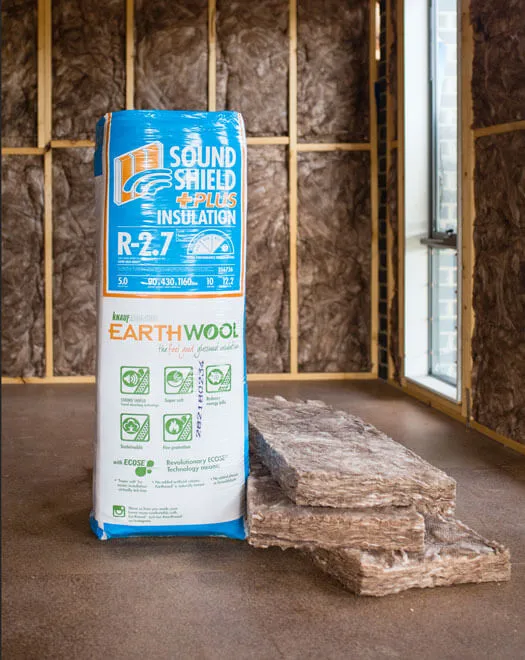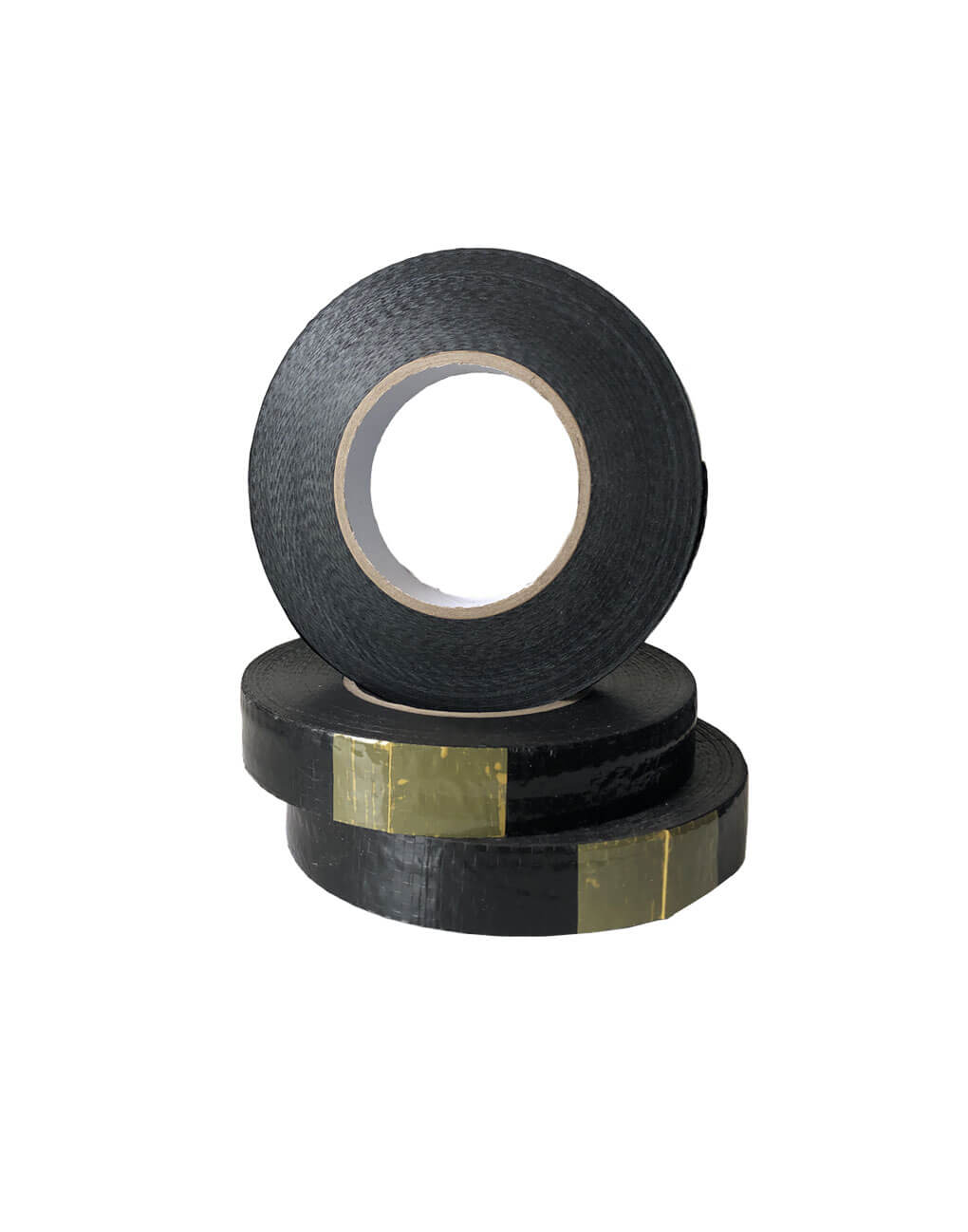Polyweave Insulation Strapping
From $29.00
From $ 29.00
Insulation strapping is used to keep thermal wall, ceiling and underfloor insulation batts in place during and after installation. One roll is used per 20m2 of walls or ceiling.
Insulation Strapping – Perfect for Wall, Ceiling and Underfloor Installs
Insulation strapping is particularly useful where uneven joist spacing can result in the insulation falling back out both during and immediately after installing. If the insulation batt sits firmly in place without the aid of any strapping, this is often called a ‘friction fit’. But even so we always recommend running strapping at a 90 degree angle across the joists, and stapling these up against the joists. This will ensure that even if the insulation should slip down over time, it will remain between the joists and be an effective insulator for the life of your home.
Insulation Strapping for Walls
We recommend using strapping when installing thermal wall batts with an R1.5 or R2.0 rating. These thermal batts are less rigid than the acoustic and high-density batts and therefore require strapping to keep them in place. Insulation strapping is not needed when using rigid acoustic insulation in wall cavities, providing that the insulation is cut to the correct size and fits snugly between the joists.
Insulation Strapping for Ceilings
If you are installing ceiling batts before plaster than we recommend strapping the ceiling batts in place. This will prevent them from falling before or during the installation of the plaster boards. A small gap between batts will greatly reduce the thermal efficiency of the insulation. Strapping is obviously not needed when installing insulation from within the roof space. In this case it is simply a matter of laying the batts on top of the plaster below.
Insulation Strapping for Underfloors
Strapping is a necessity when installing underfloor insulation batts, as these will not have the support of plaster to keep them in place over the years. Strapping should be pulled tight and stapled in place to prevent underfloor insulation from falling out from between the joists.
Choose Your Date
You can choose your preferred delivery or pickup date at the online checkout. We will contact you the same business date to confirm the delivery or pickup arrangements.
Fast Deliveries
Standard orders are delivered within 1-2 business days in metro areas and 1-3 days in regional areas. Some products have a longer lead time as indicated on the product page.
Delivery Pricing
Get your insulation delivered from just $99 in Melbourne, Sydney, Brisbane, Adelaide and Canberra. For regional and island delivery pricing please click here or contact us.
Leave or Sign
If you won't be home on the day of delivery then please leave a note at checkout to let us know where your order can be left. Please choose a dry area out of the rain.

Returns
Returns must be made within 30 days of purchase and will incur a 15% - 30% restocking fee. Some custom made products cannot be returned. For further information, please read our Returns Policy.

Warehouse Pickups
Each brand has a different pickup location. Please contact us for the nearest pickup location in your state. Standard orders are ready for collection within 1-2 days.
How Ordering Works
Regional Delivery Prices
The delivery price will be calculated at the checkout based on your postcode. For a custom delivery quote please contact us.
Pricewise Insulation Returns Policy
Leftover products may be returned to Pricewise Insulation if they meet the below requirements:
- Items must be returned within 30 days of ordering.
- Insulation products must be in their original packaging and condition. We reserve the right not to refund wet or damaged products.
- A 15% restocking fee will apply for glasswool, polyester and rockwool products.
- A 30% restocking fee will apply for foam and rigid insulation products.
Please also note the following:
- We cannot guarantee returns or refunds for custom made products.
- Some manufacturers do not allow returns in certain states. This will be outlined on the product page itself.
You may return the insulation to the warehouse which it was dispatched from or pay for a courier to collect it from your home or building site. Please give our team a call on 1300 729 639 to make arrangements.
If you are not sure how much insulation you require for your project, our team is happy to assist. Please send an email to sales@pricewise.com.au.




